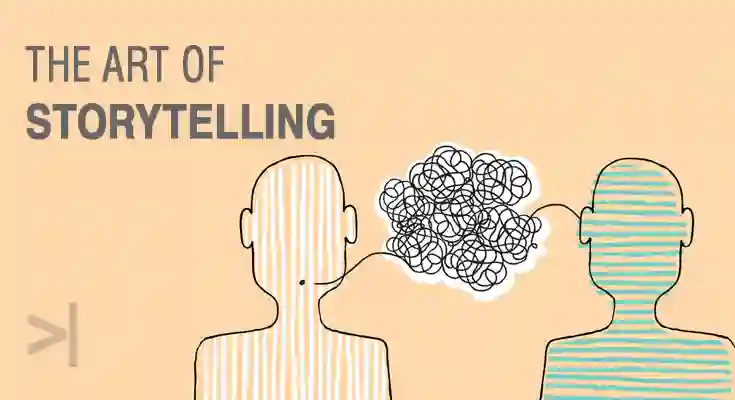Storytelling is an art that allows writers to create immersive worlds, enchant readers with their characters, and impact the reader emotionally. It is a craft that requires a lot of knowledge and skill, and can be used for many different purposes.
Storytelling involves using the elements of ethos, pathos and logos to convey the message. MDPLS is participating in an international library exchange with libraries around the world and exploring how storytelling can be utilized in various cultures to educate and entertain.
The Art of Storytelling
Storytelling is the act of communicating a narrative using voice, body language and facial expressions. It may involve improvisation, theatrics or embellishment. Storytelling is a powerful form of entertainment and has been used throughout history to convey knowledge, inspire creativity, and promote social connections.
Storytellers engage their audience by using relatable experiences that are easy for listeners to connect with and understand. Using this strategy helps create vivid, multi-sensory images in the listener’s mind. It also ensures that the listener feels a sense of connection with the storyteller and their message.
Emotional engagement is a crucial aspect of storytelling and can be used in museum exhibits and themed environments to enhance visitor experience and build lasting memories. For example, a horror story can create a feeling of fear and excitement that will keep visitors coming back for more. Mastering the art of storytelling is a critical skill that can be applied to any career. It can help you persuade your audience to support your ideas and become more receptive to your point of view.
The Power of Entertainment
People have relied on storytelling for entertainment since ancient times, and it still has strong power today. It allows businesses to deliver their purpose and mission to the audience in a compelling way, helping them build strong relationships with customers.
The art of storytelling has evolved over time, and different genres have their own unique style. One of the most popular forms is video games, which can be incredibly engaging and immersive. They can tackle complex stories and themes, such as survival and love, that can rival those of movies and books.
Games like The Last of Us have a gripping plot that makes players feel emotionally invested in the characters. This creates a sense of connection and adds to the replay value, as players want to see how the story ends differently.
Plot is the skeleton of a story, and it must be followed logically for the reader to understand its points. Literary devices, such as ethos, pathos and logos, are used to add depth and nuance to a story, adding layers of meaning that go beyond the literal.
The Power of Storytelling in Business
Whether you are an entrepreneur or a seasoned CEO, storytelling is a powerful tool to have in your business arsenal. Stories are captivating, informative, and effective in helping businesses connect with customers on a more personal level.
Storytelling is a form of communication that takes abstract concepts and translates them into concrete ideas. It’s what sets vibrant brands apart from simple businesses and loyal consumers from one-time stop-in shoppers.
People want to connect with the people behind a company and understand how they came to be who they are today. Instead of listing product details and features, businesses should focus on telling a relatable story that will leave a lasting impact on consumers.
For example, a story about an employee who was falsely accused of fraud and remained steadfast in his work would resonate with audiences. The story will help the audience see a human side to the business, which in turn will build trust.
The Power of Storytelling in Education
Just as a painter, sculptor or dancer needs to follow a process when creating his/her work of art so does a storyteller. Storytelling involves an elaborate set of skills and techniques that take practice over time to perfect.
Students participating in the study reported that they were most interested in the ways that stories were told and not the content of the story itself. This is important because it suggests that storytelling is a powerful tool for educational purposes.
The research found that the transactional experiences created by the storytelling and post-telling discussions helped the students to clarify their values and beliefs. They did this by linking the images and conditions in stories to their own life experiences.
The findings of this study suggest that storytelling is a powerful way to teach the language aspects of the curriculum. It is also an excellent tool for promoting student interest and empathy and building trust. It can also be used to illustrate the most complex and abstract subjects.




